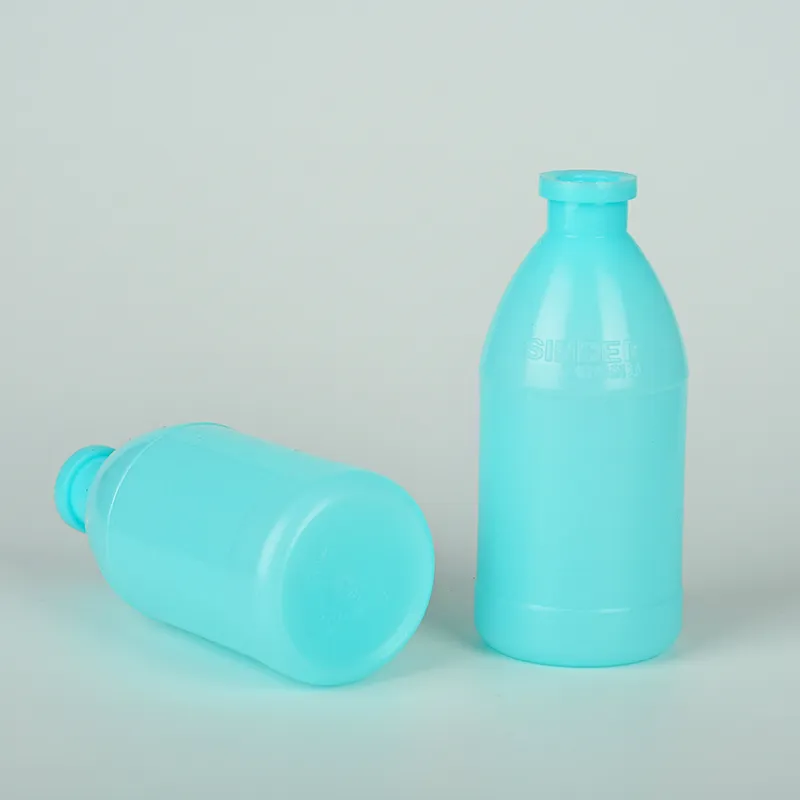Comparing Conical Tubes and Falcon Tubes for Laboratory Use and Efficiency
Conical Tube vs. Falcon Tube A Comparative Analysis
In the realm of laboratory practices, the choice of equipment can significantly affect the efficiency and accuracy of scientific procedures. One subject of considerable discussion among scientists and lab technicians is the selection between conical tubes and Falcon tubes. Both types of tubes serve similar functions but have distinct features that can influence their effectiveness in various applications. This article aims to provide a comparative analysis of conical tubes and Falcon tubes, emphasizing their design, applications, and benefits.
Design and Construction
Conical tubes, commonly referred to as centrifuge tubes or conical centrifuge tubes, are designed to facilitate the separation of fluids through centrifugation. Typically made from clear plastic or glass, these tubes taper to a point at the bottom, which allows for the efficient collection of sediment after a centrifugation process. Standard sizes range from 15 milliliters (mL) to 50 mL, with 15 mL tubes being particularly common in biological laboratories.
On the other hand, Falcon tubes are a specific brand of conical tubes produced by Becton, Dickinson and Company (BD). Known for their durability and reliable performance, Falcon tubes also come in 15 mL and 50 mL sizes. However, they are recognized for their high-quality construction, which often includes features such as graduated markings for easy measurement, a leak-proof cap design, and a wider opening for easier pipetting and sample transfer.
Applications
Both types of tubes are widely used in various laboratory settings, including molecular biology, biochemistry, and microbiology. They are most commonly employed for the storage and centrifugation of biological samples, cell culture work, and the preparation of solutions. However, there are scenarios in which the choice of tube can have a profound impact on the experimental outcome.
conical tube vs falcon tube

For instance, in high-speed centrifugation processes, the integrity of the tube material is crucial. Falcon tubes are engineered to withstand extreme forces without breaking or deforming, which makes them suitable for use in high-speed centrifuges. Conversely, while standard conical tubes may perform well in routine applications, variability in quality across different brands can lead to issues such as cracking or leakage under similar conditions.
Benefits and Considerations
One of the primary advantages of using Falcon tubes is their consistency and reliability. As a leading brand, BD ensures that each tube undergoes rigorous quality control testing, resulting in minimal variability between batches. This reliability eliminates potential sources of error in experiments, providing researchers with the confidence that their materials will perform consistently.
Additionally, Falcon tubes are designed with user convenience in mind. They often feature clear numerical graduations along the sides, allowing for accurate measurements without needing to transfer samples to a separate measuring device. This feature is particularly beneficial in time-sensitive experiments where efficiency is key.
Despite these advantages, it is essential to consider costs. Falcon tubes tend to be more expensive than generic conical tubes. For laboratories that operate on tight budgets, this might factor into the decision. However, when weighing the overall benefits against potential losses from sample contamination or experimental failure, the investment in high-quality Falcon tubes may ultimately save time and resources in the long run.
Conclusion
Ultimately, the choice between conical tubes and Falcon tubes depends on specific laboratory needs and the context in which they will be used. While both types of tubes serve essential roles in scientific research, Falcon tubes bring a level of quality assurance and performance reliability that can be particularly advantageous in critical applications. Researchers should assess their unique laboratory requirements, budget considerations, and the specific protocols they intend to follow when making their choice. By understanding the comparative benefits of each type, scientists can make informed decisions that optimize their experimental outcomes and enhance the overall quality of their work.
-
Aesthetic Makeup Spray Bottles | Fine Mist Empty RefillableNewsAug.19,2025
-
White Plastic Veterinary Vaccine Vials | Lab Liquid BottlesNewsAug.18,2025
-
Plastic Medicine Liquid Bottle: Secure Flip Top Drug VialsNewsAug.17,2025
-
Durable 250ml Blue Plastic Vaccine Vial for Lab & Vet UseNewsAug.16,2025
-
Sterile Virus Sample Tubes: Secure & Reliable Specimen CollectionNewsAug.15,2025
-
White 250ml Plastic Vaccine Vial for Lab & Vet MedicineNewsAug.14,2025
























